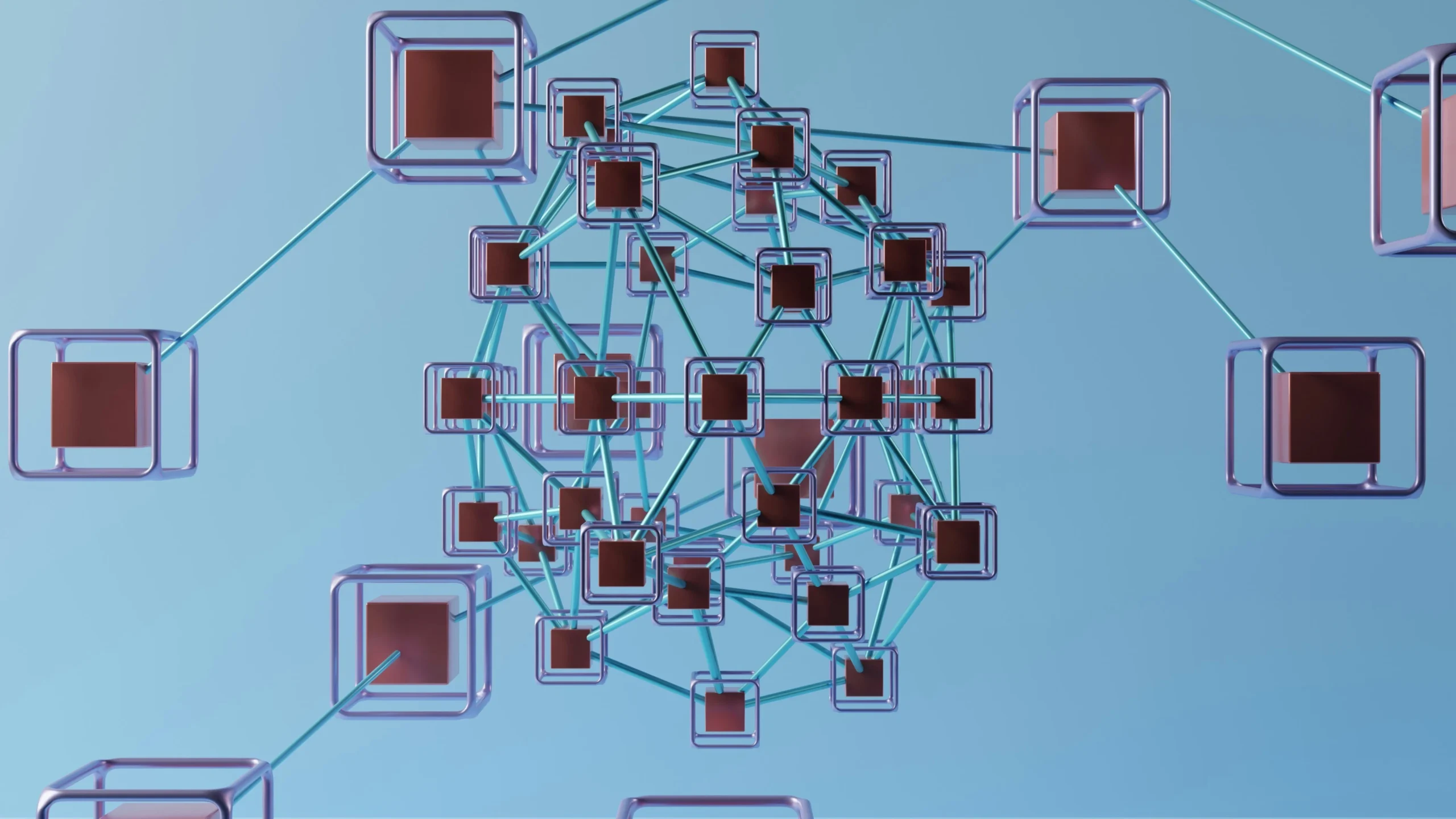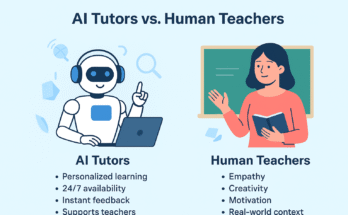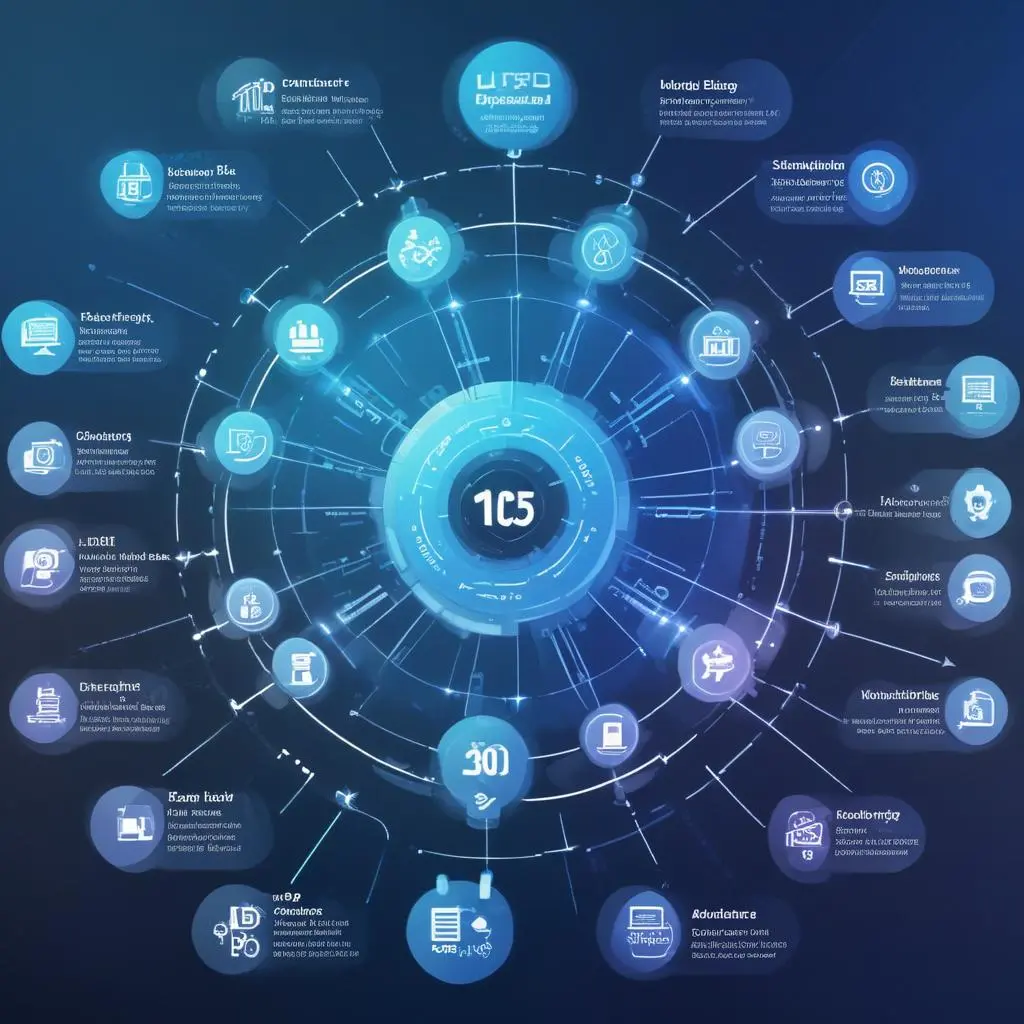The COVID-19 pandemic fundamentally transformed American education, accelerating the adoption of hybrid learning models across K-12 schools and higher education institutions. Today, hybrid learning has evolved beyond a crisis response into a strategic educational approach that combines the best of traditional face-to-face instruction with digital learning technologies. As US educators seek sustainable solutions to meet diverse student needs, examining successful hybrid learning models from around the world provides valuable insights for creating effective blended educational environments.
This comprehensive analysis explores proven hybrid learning strategies from leading educational systems worldwide, offering practical implementation guidance for American schools and universities. From Finland’s student-centered approach to Singapore’s technology integration excellence, these international best practices demonstrate how thoughtful hybrid learning design can enhance student engagement, improve learning outcomes, and create more flexible educational pathways that serve today’s diverse learner populations.
Understanding Modern Hybrid Learning Models
Hybrid learning models represent a strategic blend of synchronous and asynchronous learning experiences that leverage both physical and digital environments. Unlike emergency remote teaching implemented during the pandemic, effective hybrid learning requires intentional instructional design that maximizes the unique advantages of each learning modality.
The most successful hybrid learning implementations share several key characteristics. They maintain consistent communication channels between educators and students, provide equitable access to technology and resources, and create seamless transitions between online and offline learning activities. Moreover, these models prioritize student agency and choice while maintaining academic rigor and clear learning objectives.
Core Components of Effective Hybrid Learning Systems
Research from the US Department of Education highlights four essential elements that define successful hybrid learning environments:
- Flexible scheduling that accommodates diverse student needs and learning preferences
- Technology integration that enhances rather than replaces quality instruction
- Personalized learning paths that allow students to progress at individual paces
- Continuous assessment that provides real-time feedback and support
American institutions implementing these components report significant improvements in student satisfaction, academic performance, and retention rates compared to traditional single-modality approaches.
International Success Stories in Hybrid Education
Finland’s Student-Centered Hybrid Approach
Finland’s education system consistently ranks among the world’s best, and their hybrid learning model exemplifies student-centered design principles. Finnish schools implement what they call “phenomenon-based learning” within hybrid frameworks, where students explore real-world topics through both digital research and hands-on classroom activities.
The Finnish model emphasizes student autonomy and collaborative learning. Students spend approximately 60% of their time in traditional classroom settings and 40% in self-directed online learning. This ratio allows for deep classroom discussions while providing flexibility for independent exploration and skill development.
Key features of Finland’s hybrid learning success include:
- Minimal standardized testing that reduces stress and allows for creative hybrid curriculum design
- Teacher autonomy in selecting appropriate technologies and teaching methods
- Project-based assessments that span both online and offline learning activities
- Strong social-emotional learning integration across all learning modalities
American educators visiting Finnish schools report that this approach creates more engaged learners who demonstrate higher levels of critical thinking and creativity compared to traditional classroom-only environments.
Singapore’s Technology-Enhanced Learning
Singapore’s education system demonstrates exceptional technology integration within hybrid learning models. Their “Smart Nation” initiative includes comprehensive digital learning infrastructure that supports seamless transitions between classroom and online learning environments.
The Singapore model focuses on developing “21st-century competencies” through hybrid learning experiences. Students engage with advanced learning analytics platforms that provide personalized learning recommendations while maintaining strong teacher-student relationships through regular face-to-face interactions.
Notable aspects of Singapore’s hybrid learning implementation include:
- Adaptive learning platforms that adjust difficulty levels based on individual student performance
- Virtual reality integration for immersive learning experiences in subjects like history and science
- Collaborative digital workspaces that connect students across different schools and regions
- Teacher professional development programs focused on hybrid pedagogy
Research conducted by the National Institute of Education Singapore shows that students in hybrid learning environments demonstrate 15-20% higher achievement scores compared to traditional classroom instruction alone.
Australia’s Rural Education Innovation
Australia’s geographic challenges have driven innovative hybrid learning solutions, particularly for rural and remote communities. The Australian model demonstrates how hybrid learning can overcome traditional barriers of distance and resource limitations.
Australian schools utilize satellite technology and high-speed internet connections to connect remote students with specialized teachers and resources located in urban centers. This approach ensures educational equity regardless of geographic location.
The Australian hybrid learning framework includes:
- Virtual classroom sessions that connect multiple remote locations simultaneously
- Traveling teacher programs that combine online support with periodic in-person visits
- Community learning hubs that provide technology access and peer support
- Flexible assessment methods that accommodate different time zones and learning schedules
Data from the Australian Department of Education indicates that rural students participating in hybrid learning programs achieve academic outcomes comparable to their urban counterparts, a significant improvement from traditional correspondence-based education models.
Technology Integration Best Practices
Learning Management Systems and Platform Selection
Successful hybrid learning models require robust technology infrastructure that supports seamless content delivery, communication, and assessment. Leading educational institutions worldwide have identified several critical factors for technology platform selection.
The most effective learning management systems (LMS) provide intuitive user interfaces that minimize technical barriers for both educators and students. They also offer comprehensive analytics capabilities that help teachers track student progress and identify areas requiring additional support.
Essential LMS features for hybrid learning include:
- Mobile compatibility for learning on various devices
- Offline content access for students with limited internet connectivity
- Integration capabilities with existing school information systems
- Accessibility compliance meeting WCAG guidelines for students with disabilities
American schools implementing these technology standards report 25-30% higher student engagement levels compared to institutions using basic or outdated platforms.
Digital Assessment Strategies
Effective hybrid learning models incorporate diverse assessment methods that leverage both digital tools and traditional evaluation approaches. International best practices demonstrate that successful assessment in hybrid environments requires careful balance between automated and human evaluation.
Leading educational systems employ formative assessment strategies that provide continuous feedback throughout the learning process. These include digital portfolios, peer review systems, and adaptive testing platforms that adjust question difficulty based on student responses.
Innovative assessment approaches in hybrid learning include:
- Competency-based progressions that allow students to advance upon mastery rather than time-based schedules
- Authentic performance tasks that demonstrate real-world application of knowledge and skills
- Collaborative assessments that evaluate both individual learning and teamwork abilities
- Self-reflection tools that promote metacognitive awareness and learning ownership
Research from international education organizations shows that these diverse assessment methods provide more comprehensive evaluation of student learning compared to traditional test-based approaches.
Creating Effective Learning Environments
Physical and Virtual Space Design
The design of both physical and virtual learning spaces significantly impacts the success of hybrid learning models. International best practices emphasize creating flexible environments that support various learning activities and collaboration styles.
Effective physical classroom design for hybrid learning includes modular furniture arrangements that can be quickly reconfigured for different activities. Technology integration should be seamless and unobtrusive, allowing teachers to switch between digital and analog instruction methods without disruption.
Virtual learning spaces require equally thoughtful design consideration. The most successful online learning environments mirror the organization and accessibility of well-designed physical classrooms while leveraging unique digital capabilities like multimedia integration and interactive simulations.
Student Support Systems
Comprehensive student support systems are essential for hybrid learning success. International models demonstrate that effective support goes beyond technical assistance to include academic coaching, social-emotional support, and career guidance.
Successful hybrid learning programs implement tiered support systems that provide immediate assistance for common issues while offering specialized intervention for students requiring additional help. These systems typically include peer tutoring programs, virtual office hours, and family engagement initiatives.
Key support components include:
- 24/7 technical help desk services for technology-related issues
- Academic advising that helps students navigate flexible learning pathways
- Mental health resources addressing the unique challenges of hybrid learning
- Parent and family education programs that support home learning environments
Studies from leading educational research institutions show that comprehensive support systems reduce student dropout rates by up to 40% in hybrid learning programs.
Implementation Strategies for US Schools
Professional Development Requirements
Successful implementation of hybrid learning models requires comprehensive professional development that addresses both pedagogical and technological competencies. International best practices demonstrate that teacher preparation is the most critical factor in hybrid learning success.
Effective professional development programs focus on hybrid pedagogy rather than just technology training. Teachers need to understand how to design learning experiences that leverage the unique advantages of both face-to-face and online instruction.
Essential professional development components include:
- Instructional design for blended learning environments
- Student engagement strategies across different modalities
- Data analysis skills for learning analytics interpretation
- Accessibility and inclusion practices for diverse learners
American school districts implementing comprehensive teacher training programs report 35-50% higher success rates in hybrid learning adoption compared to districts focusing solely on technology deployment.
Infrastructure and Resource Planning
Adequate infrastructure planning is fundamental to successful hybrid learning implementation. Leading educational systems worldwide emphasize the importance of reliable technology infrastructure that can support concurrent online and offline learning activities.
Infrastructure considerations extend beyond internet connectivity to include device management, software licensing, cybersecurity protocols, and technical support capacity. Schools must also plan for equitable access to technology resources for all students, regardless of socioeconomic status.
Critical infrastructure elements include:
- High-speed internet with sufficient bandwidth for simultaneous video conferencing and content streaming
- Device management systems that ensure all students have access to appropriate learning tools
- Data security protocols that protect student privacy and comply with federal regulations
- Technical support staffing adequate to maintain systems and assist users
Research from the Educational Technology Association indicates that schools investing in comprehensive infrastructure planning experience 60% fewer technical disruptions and higher overall program satisfaction.
Measuring Success and Continuous Improvement
Key Performance Indicators for Hybrid Learning
Effective evaluation of hybrid learning programs requires comprehensive metrics that assess both academic and engagement outcomes. International best practices emphasize the importance of data-driven decision making in program refinement and improvement.
Successful educational institutions track multiple performance indicators including academic achievement, student engagement, attendance patterns, and satisfaction surveys. These metrics provide holistic evaluation of program effectiveness and identify areas requiring adjustment.
Essential performance indicators include:
- Learning outcome achievement compared to traditional instruction methods
- Student engagement metrics including participation rates and time-on-task measures
- Retention and completion rates for hybrid learning programs
- Teacher and student satisfaction surveys evaluating program quality and effectiveness
Data from international educational research organizations shows that institutions using comprehensive evaluation frameworks achieve 20-30% better long-term outcomes compared to programs relying on limited assessment measures.
Adaptive Program Management
Leading hybrid learning programs implement adaptive management approaches that allow for continuous refinement based on performance data and stakeholder feedback. This iterative improvement process ensures programs remain effective and relevant as educational needs evolve.
Adaptive management includes regular program reviews, stakeholder consultation processes, and flexible curriculum adjustments. Successful programs also incorporate emerging educational research and technology developments into ongoing improvement efforts.
Addressing Common Implementation Challenges
Digital Equity and Access Issues
Digital equity remains a significant challenge in hybrid learning implementation, particularly in underserved communities. International best practices demonstrate various approaches to ensuring equitable access to hybrid learning opportunities.
Successful programs implement comprehensive support systems that address both technology access and digital literacy development. These initiatives often include device lending programs, internet connectivity assistance, and family technology training.
Equity-focused strategies include:
- Community partnerships that provide technology access points in local libraries and community centers
- Flexible learning schedules that accommodate students with limited home internet access
- Multilingual support resources for families with diverse language backgrounds
- Socioeconomic needs assessment and targeted intervention programs
Research from the Digital Equity Institute shows that schools implementing comprehensive equity strategies achieve participation rates exceeding 95% across all demographic groups.
Quality Assurance and Academic Rigor
Maintaining academic rigor in hybrid learning environments requires intentional quality assurance measures. International models demonstrate that effective oversight systems ensure hybrid learning meets or exceeds traditional educational standards.
Quality assurance frameworks typically include regular curriculum review, instructor evaluation, and learning outcome assessment. These systems help maintain consistency and effectiveness across different learning modalities while preserving academic integrity.
Future Trends in Hybrid Learning
Emerging Technologies and Innovations
The future of hybrid learning will be shaped by emerging technologies including artificial intelligence, virtual reality, and advanced learning analytics. International educational institutions are already piloting these technologies with promising results.
AI-powered personalization systems can adapt learning experiences in real-time based on individual student needs and preferences. Virtual reality applications provide immersive learning experiences that were previously impossible in traditional classroom settings.
Future technology trends include:
- Artificial intelligence tutoring systems that provide personalized support
- Augmented reality applications that blend digital information with physical environments
- Blockchain credentials that provide secure and verifiable learning achievements
- Internet of Things integration that creates responsive learning environments
Policy and Regulatory Developments
Educational policy frameworks are evolving to support and regulate hybrid learning implementations. American policymakers are examining international models to develop comprehensive guidelines that ensure quality while promoting innovation.
Future policy developments will likely address credentialing, quality standards, and funding mechanisms for hybrid learning programs. These regulations will help establish consistent expectations while allowing for local adaptation and innovation.
Frequently Asked Questions
What is the difference between hybrid learning and blended learning?
While often used interchangeably, hybrid learning typically refers to models where students alternate between face-to-face and online instruction, while blended learning integrates digital tools within traditional classroom settings. Hybrid learning usually involves more structured division of time between modalities, whereas blended learning emphasizes seamless integration of technology throughout instruction.
How do hybrid learning models impact student social development?
Research from international educational studies indicates that well-designed hybrid learning models can actually enhance social development by providing diverse interaction opportunities. Students engage in face-to-face collaboration during classroom time while developing digital communication skills through online components. The key is ensuring adequate social interaction opportunities across both modalities.
What technology requirements are necessary for successful hybrid learning implementation?
Essential technology requirements include reliable high-speed internet, appropriate devices (tablets or laptops), learning management systems, video conferencing capabilities, and technical support infrastructure. Schools must also ensure equitable access to technology for all students and provide digital literacy training for both students and families.
How can schools ensure academic integrity in hybrid learning environments?
Academic integrity in hybrid learning requires comprehensive approaches including honor codes, proctoring technologies, diverse assessment methods, and clear expectations. Successful programs emphasize formative assessment, project-based learning, and authentic performance tasks that are difficult to compromise while providing meaningful evaluation of student learning.
What are the cost implications of implementing hybrid learning models?
Initial implementation costs for hybrid learning can be significant, including technology infrastructure, professional development, and curriculum development. However, long-term operational costs may be lower due to increased efficiency and resource sharing capabilities. Schools should conduct comprehensive cost-benefit analyses that consider both immediate expenses and long-term savings potential.
Conclusion
Hybrid learning models represent the future of American education, offering unprecedented flexibility and personalization opportunities for diverse learner populations. International best practices demonstrate that successful implementation requires comprehensive planning, adequate resources, and commitment to continuous improvement.
The most effective hybrid learning programs combine the social benefits of face-to-face instruction with the accessibility and personalization advantages of digital learning. Schools that invest in professional development, infrastructure, and student support systems achieve significantly better outcomes compared to institutions implementing hybrid learning without adequate preparation.
American educators have tremendous opportunities to learn from international successes while adapting these models to local contexts and needs. The key to success lies in understanding that hybrid learning is not simply combining online and offline instruction, but creating integrated educational experiences that leverage the unique strengths of each modality.
As educational technology continues advancing and student expectations evolve, hybrid learning models will become increasingly sophisticated and effective. Schools that begin implementing these approaches now, guided by international best practices and continuous improvement principles, will be best positioned to serve future generations of learners.
Ready to transform your educational approach with proven hybrid learning strategies? Here Explore our comprehensive implementation guides and connect with educational experts who can help your institution develop effective hybrid learning programs tailored to your community’s unique needs and goals.



